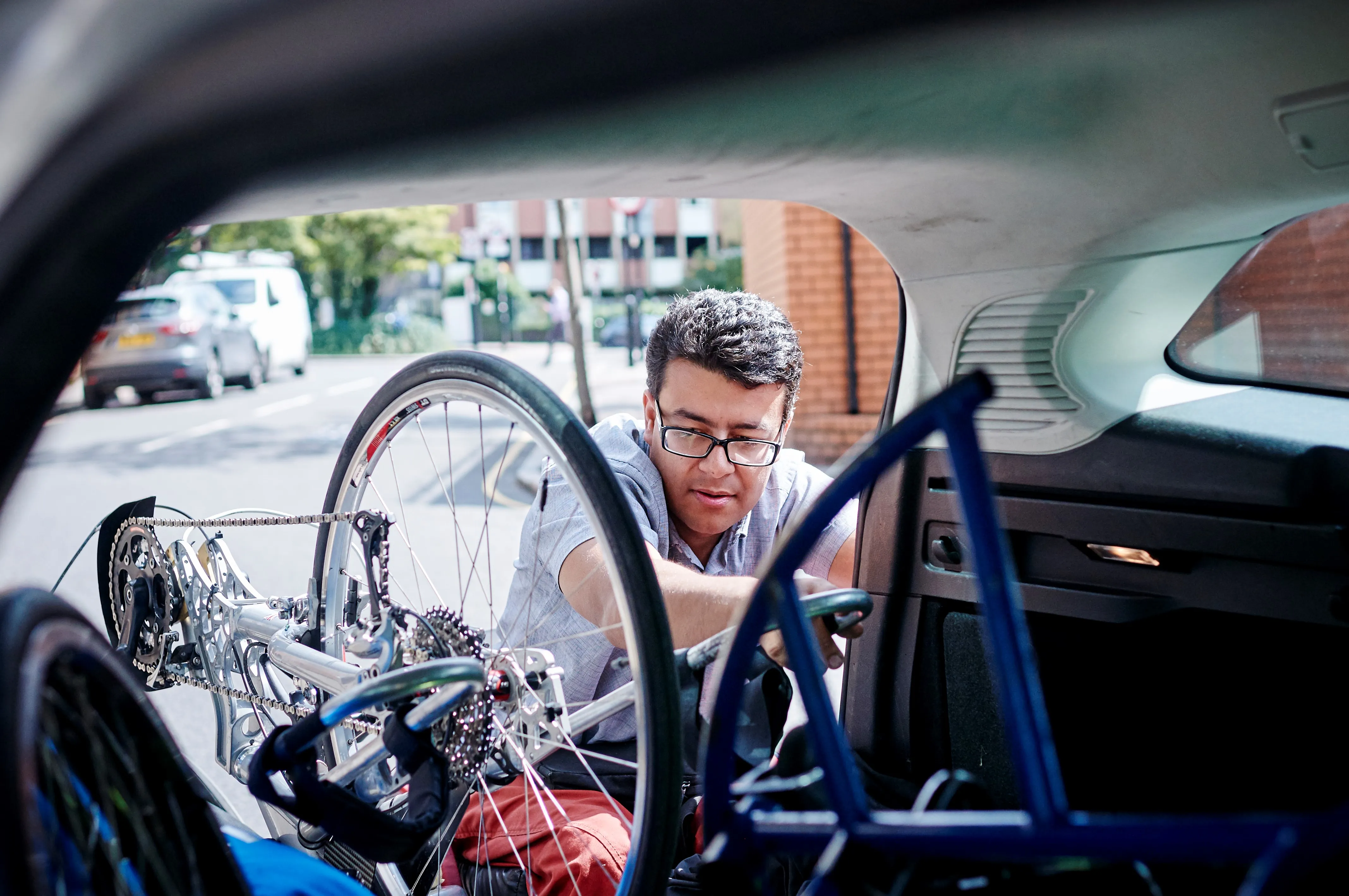The UK’s Transport Research Laboratory (TRL) has teamed up with robotic technology consultants GOBOTiX to create a vehicle that will be used to test a variety of advanced vehicle functionality. TRL, with a long history in studies of the development and impact of advanced vehicle technologies, has donated a Toyota Prius to GOBOTiX, who will adapt the vehicle for innovative systems research.
The first step will be for GOBOTiX to install drive-by-wire systems to replace mechanical linkages and actuators for
May 28, 2014
Read time: 2 mins
The UK’s Transport Research Laboratory (491 TRL) has teamed up with robotic technology consultants GOBOTiX to create a vehicle that will be used to test a variety of advanced vehicle functionality. TRL, with a long history in studies of the development and impact of advanced vehicle technologies, has donated a 1686 Toyota Prius to GOBOTiX, who will adapt the vehicle for innovative systems research.
The first step will be for GOBOTiX to install drive-by-wire systems to replace mechanical linkages and actuators for the steering and pedal controls with electronic systems. These electronic systems provide the basis for advanced driver assistance systems such as adaptive cruise control and lane keeping assist. The prototype vehicle will enable collaborative research and development work to be undertaken into how driver behaviour adapts to the use of these systems and the implications of the emerging ISO26262 Functional Safety standard for road vehicles.
This will also complement TRL’s ongoing work using its DigiSim driving simulator facilities to understand the impact of greater levels of vehicle automation on driver behaviour.
Speaking of the collaboration, TRL’s principal human factors researcher, Dr Nick Reed said: “We are delighted to have donated this vehicle to GOBOTiX to facilitate collaboration in a number of mutual areas of interest – in particular how drivers adapt to the use of advanced systems for vehicle control leading to highly and eventually fully autonomous vehicles”.
According to GOBOTiX CEO, Dr Ben Davis, the collaboration will underpin a range of unique research services and commercial access to autonomy testing platforms. He says, “The combination of TRL's transport research with GOBOTiX knowledge of autonomous systems and our navigation systems partner Oxford Technical Solutions (OxTS) means we are able to deliver a unique range of solutions which enable safer autonomous vehicles and the robust testing of third party systems. Our focus is on providing systems that show graceful degradation - when the vehicle automation systems encounter situations that are incompatible with automated driving, they provide a last line of defence, safely operating the vehicle until the driver can resume control.”
In co-operating on this research, TRL and GOBOTiX are keen to hear from potential partner organisations who may wish to contribute to this exciting development.
The first step will be for GOBOTiX to install drive-by-wire systems to replace mechanical linkages and actuators for the steering and pedal controls with electronic systems. These electronic systems provide the basis for advanced driver assistance systems such as adaptive cruise control and lane keeping assist. The prototype vehicle will enable collaborative research and development work to be undertaken into how driver behaviour adapts to the use of these systems and the implications of the emerging ISO26262 Functional Safety standard for road vehicles.
This will also complement TRL’s ongoing work using its DigiSim driving simulator facilities to understand the impact of greater levels of vehicle automation on driver behaviour.
Speaking of the collaboration, TRL’s principal human factors researcher, Dr Nick Reed said: “We are delighted to have donated this vehicle to GOBOTiX to facilitate collaboration in a number of mutual areas of interest – in particular how drivers adapt to the use of advanced systems for vehicle control leading to highly and eventually fully autonomous vehicles”.
According to GOBOTiX CEO, Dr Ben Davis, the collaboration will underpin a range of unique research services and commercial access to autonomy testing platforms. He says, “The combination of TRL's transport research with GOBOTiX knowledge of autonomous systems and our navigation systems partner Oxford Technical Solutions (OxTS) means we are able to deliver a unique range of solutions which enable safer autonomous vehicles and the robust testing of third party systems. Our focus is on providing systems that show graceful degradation - when the vehicle automation systems encounter situations that are incompatible with automated driving, they provide a last line of defence, safely operating the vehicle until the driver can resume control.”
In co-operating on this research, TRL and GOBOTiX are keen to hear from potential partner organisations who may wish to contribute to this exciting development.








